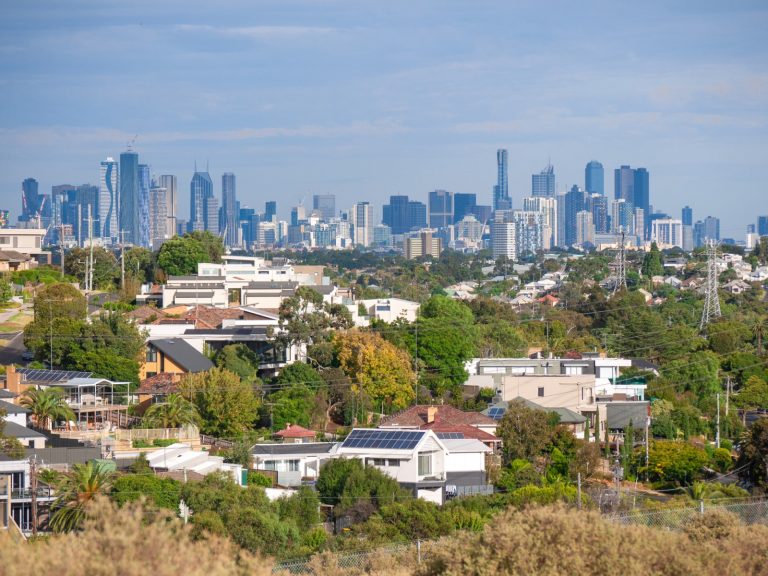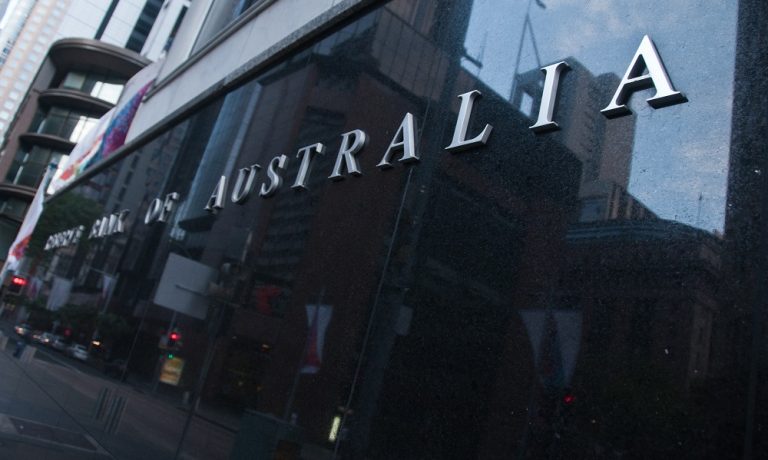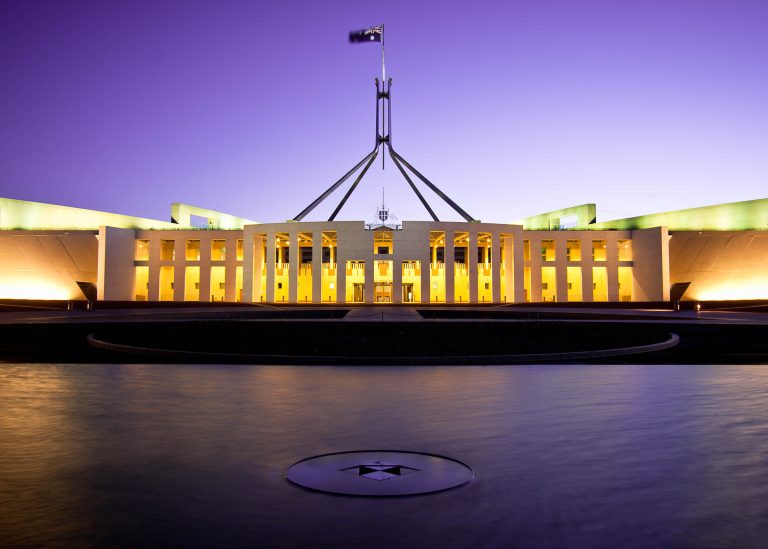Quarterly Economic Update: January-March 2024
The first quarter of 2024 saw the Government roll out considerable changes to the Stage 3 Tax Cuts, inflation continuing to slow but remaining stubbornly high across some areas, surging…

The first quarter of 2024 saw the Government roll out considerable changes to the Stage 3 Tax Cuts, inflation continuing to slow but remaining stubbornly high across some areas, surging…

Global growth is forecast to slow and remain below its historical average in 2024, reflective of tighter monetary policy in advanced economies, as well as a soft outlook for China….

Australia’s annual inflation rate has taken an unexpected step up, increasing pressure on the Reserve Bank to push interest rates higher and once again raising the prospect that Australia will…

A sudden uptick in the unemployment rate and slower economic growth combined with continued strong inflationary pressures are set to test the Australian economy during the next two years, according…

The word ‘inflation’ doesn’t only dominate business news headlines but finds its way into general news reports too. So, what is inflation and how does it affect you? In simple…
End of content
End of content